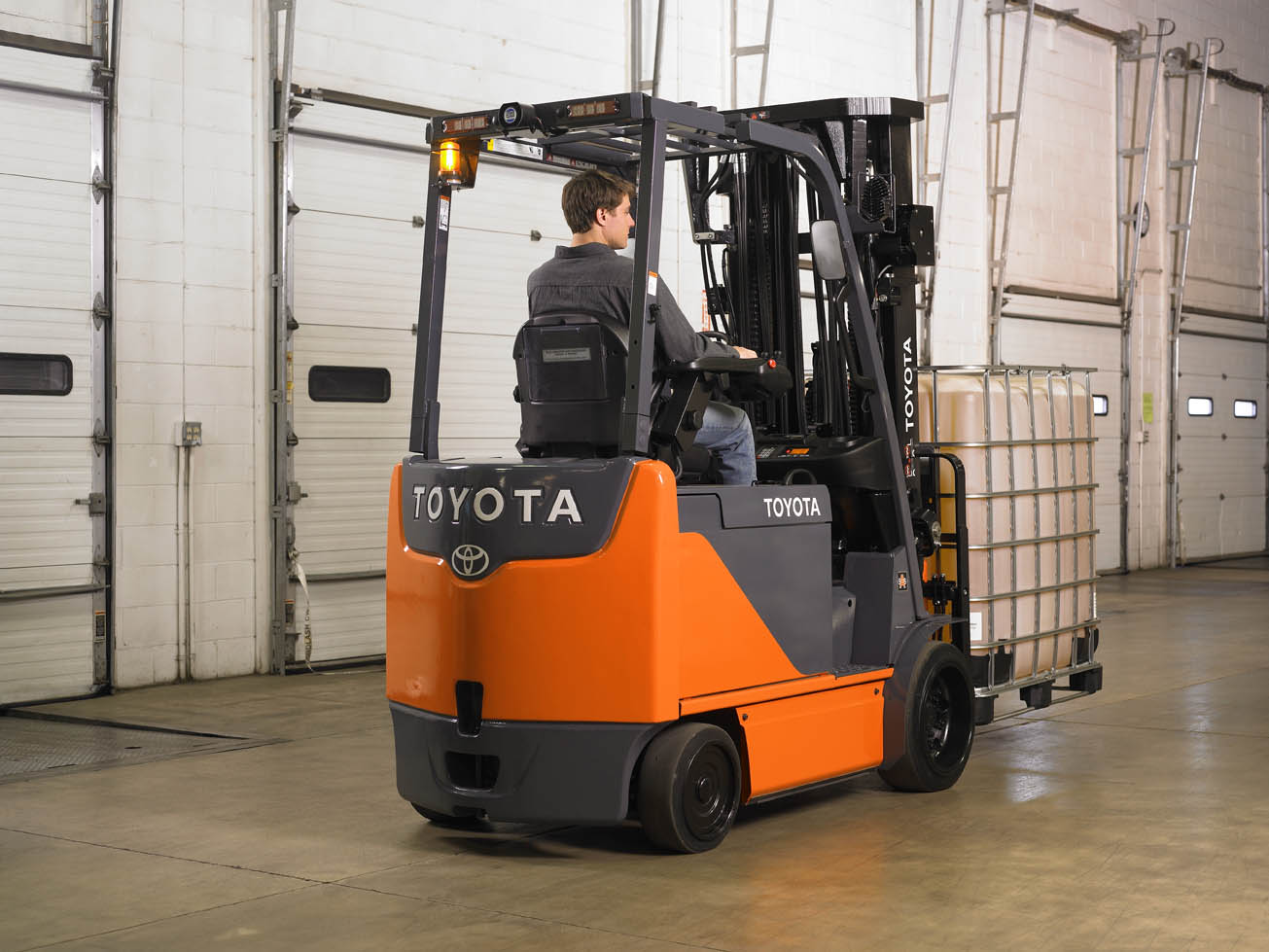
Understanding When Objects are Too Heavy to Lift on Your Own
A great deal of heavy lifting takes place at warehouses throughout Ontario on a daily basis. When the weight of an object is borne by the wrong part of the body or an employee attempts to lift an object that is too heavy for him or her to easily manage, the potential for serious injury is high. To get a feel for how to detect when an object is too heavy for you to lift without the assistance of a forklift truck, read through this guide.
Weight of Load
Hauling heavy loads at work is not about how much you can bench. Even if you are in great physical condition and can hold twice your weight above your head, you should refrain from hauling anything that weighs more than one-third of your body weight. This is because moving while supporting a lot of weight increases one’s risk of injury.
Shape of Objects
Weight isn’t the only characteristic of a load that you should consider when gauging whether or not you can carry a load. Some large, awkward objects can be difficult to carry and pose physical dangers as well. Sharp and abrasive objects can also make lifting and carrying a load uncomfortable.
Duration of Lift/Carry
The longer and farther you carry a heavy load, the more likely you are to be injured or experience fatigue. Frequency is another point to consider. Carrying a heavy yet manageable load on occasion may make it hard to justify purchasing a forklift, but short-term rentals could be a viable option. All of these factors should be considered when making the decision to carry something yourself or use a forklift truck to haul it.
Just because an object is too heavy or awkwardly shaped for you to carry yourself or with a colleague should not be a hindrance to moving that object. Forklift trucks and other material handling equipment are made specifically to help you move, raise, or lower objects that you shouldn’t try to lift on your own

